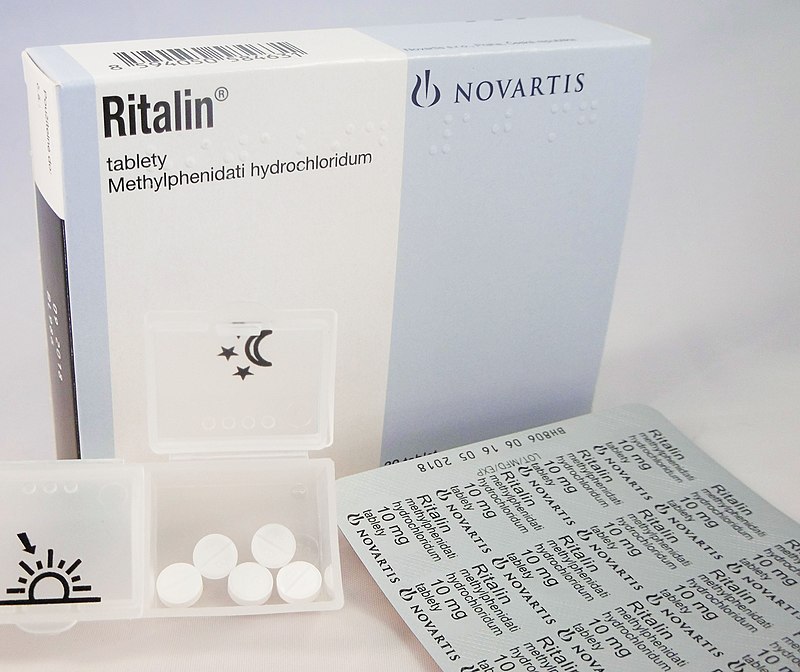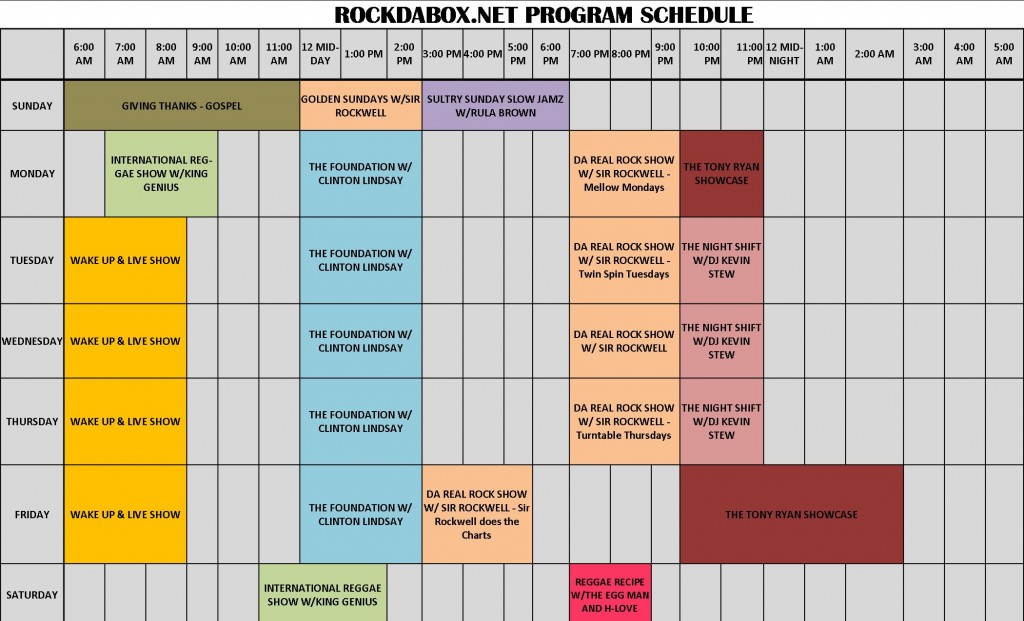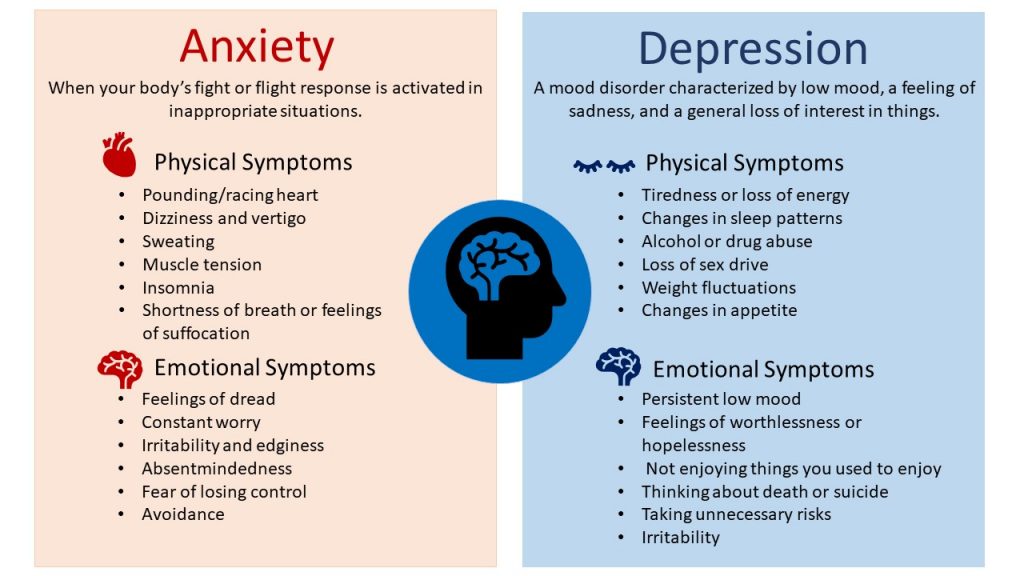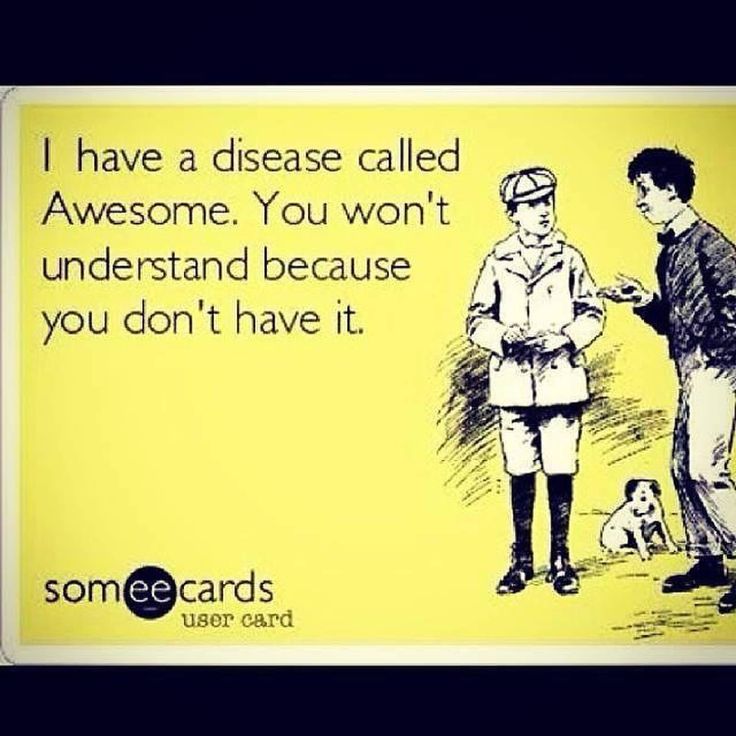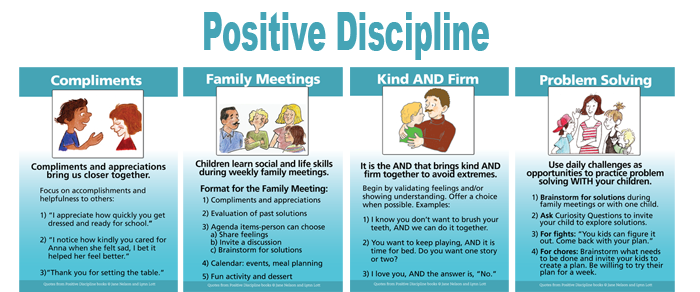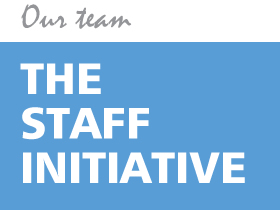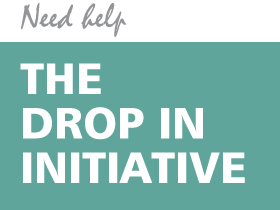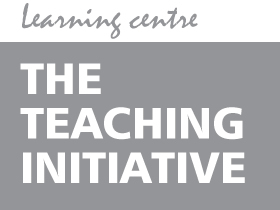Adhd and college failure
Growing College Success From First Semester Failure
By: Jon Thomas, EdD, and Pamela Barton
A new cadre of freshmen have begun college haunted by a looming statistical trend: More than 40% of those who have ADHD are destined to fail their first semester. And after this initial failure, only a relative few will attempt another semester, and even fewer will complete college.
These aren’t marginal students who’ve managed to slip through the college vetting process. In fact, they are intelligent, motivated students scrutinized by rigorous standards of entrance exams scores, grade point averages, extracurricular activities, as well as their ability to convey these accomplishments in essay and interviews.
So what causes these students – who give every indication they are bound for success – to fail? What are the common denominators of their failure? And, most importantly, what can be done to redirect them toward success?
Typically, these students lack life skills that weren’t fully developed in high school or have not yet transferred into the less structured and more challenging setting of college. Executive functions and emotional intelligence top the list of greatest deficits.
Learning to organize themselves to function independently, perhaps for the first time in their lives, can prove problematic in the chaos of developmental, emotional, psychological, and social change while also struggling to adjust to a completely different education system.
This chaos is only exacerbated when they leave home with untreated issues like anxiety, depression, gaming addiction, or substance abuse. College becomes little more than a newer, less structured, and even freer environment for these difficulties to fester even further. For those undiagnosed, ADHD makes its first appearance as they enter an environment that requires more effort and sustained focus…a place where simply relying on native intelligence is not enough.
Burdened by this lack of skills and resources, students often find themselves alone in an uphill struggle to succeed in the current semester, while also learning the important “how to do it” lessons that will enable them to succeed in future semesters.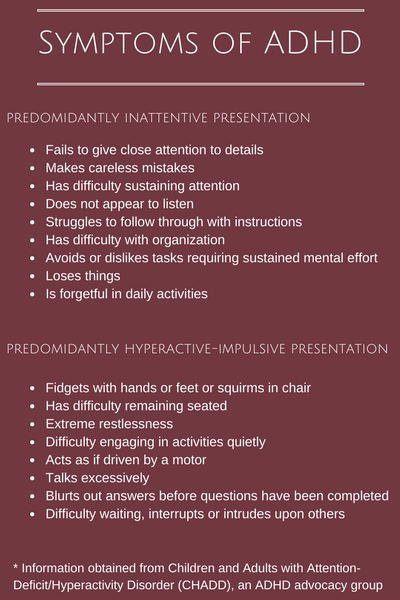 College rarely offers ADHD students a template or model to
College rarely offers ADHD students a template or model to
hit the ground running so that they can learn and grow from the inevitable mistakes they make due to these deficits. Yet those who fail the first semester – as well as those who pass by the skin of their teeth – are more likely to keep trying and improve when they have a such a model.
Beyond off the shelf ideas like going to office hours, using a calendar/planner, asking for help, using their accommodations, students need a structure that will empower them to better organize themselves around the deficits that accompanied them to college and to experience struggle (and even occasional failure) as an integral and useful part of the learning process.
A few principles need to guide this structure:
- Students with ADHD tend to fail (and succeed) in recurring patterns. Signs or indications of these patterns emerge early in the semester.
- Students need to learn to identify and make use of these patterns.

- Understanding patterns and indicators will help them self-monitor – to know when and specifically how they are trending toward success or failure. From here they can develop a plan that serves as an early warning system for failure.
- They can use this early warning system – along with a pre-developed plan of action – to reinforce successful behaviors or interrupt those leading toward failure.
Here’s what this model looks like when taken from theory into practice:
© Copyright 2019, Dr. Jon L. Thomas, all rights reserved
From the outside looking in, failure emerges – seemingly out of nowhere – near the end of the semester, where students and parents are equally startled by its abrupt appearance. By outward indications, it may have seemed as though the student had been doing well up to that point. (Fig.1)
© Copyright 2019, Dr. Jon L. Thomas, all rights reserved
But seen from the inside of the process, the real picture of failure is more like figure 2, where indications of failure were evident (but unobserved) early in the semester.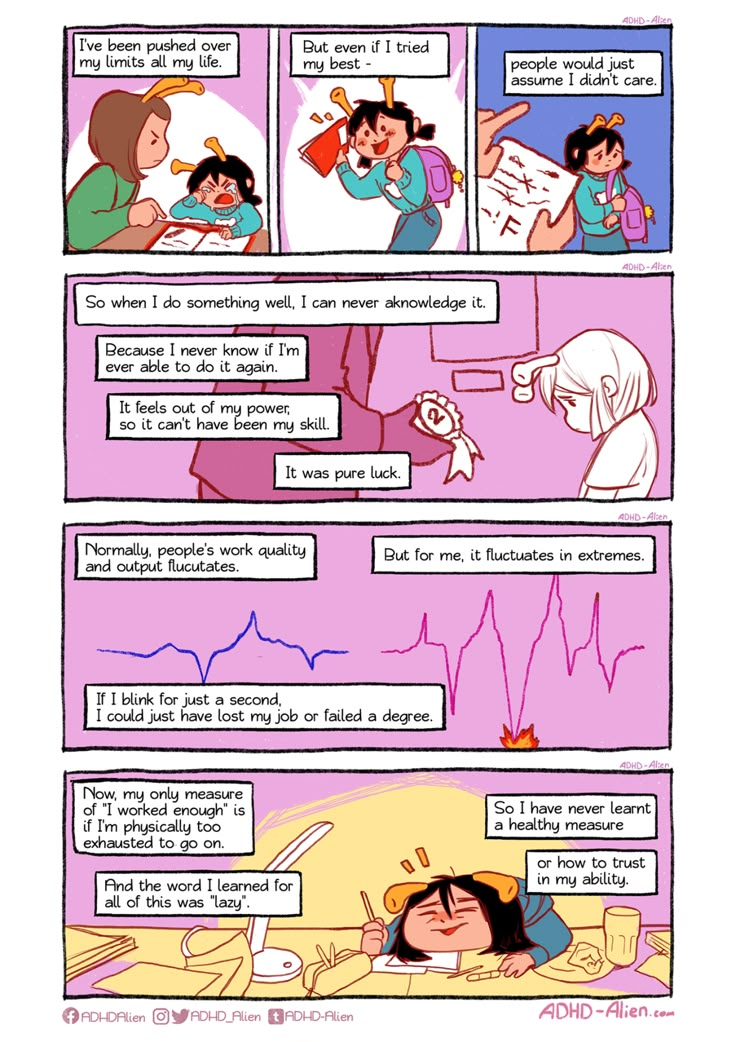 And the process of moving from success (zone 1), down the slippery slope (zone 2) continued uninterrupted until failure was a logical conclusion (Zone 3).
And the process of moving from success (zone 1), down the slippery slope (zone 2) continued uninterrupted until failure was a logical conclusion (Zone 3).
Let’s take a closer look at the zones.
© Copyright 2019, Dr. Jon L. Thomas, all rights reserved
Students typically begin the semester in Zone 1 where they are practicing successful behaviors and getting successful results – like regularly attending class, timely completion of assignments, and balancing academic and personal life. As Figure 3 illustrates, the drift into Zone 2 is evidenced by subtle to increasingly evident and intensifying indicators. For example, an occasional missed class, poor preparation/performance on a test, increasingly becomes the norm of infrequent attendance, never preparing for, and consistently failing tests. In lieu of productive work, students fill their life with socialization, gaming, or other means of coping with the resulting anxiety and depression.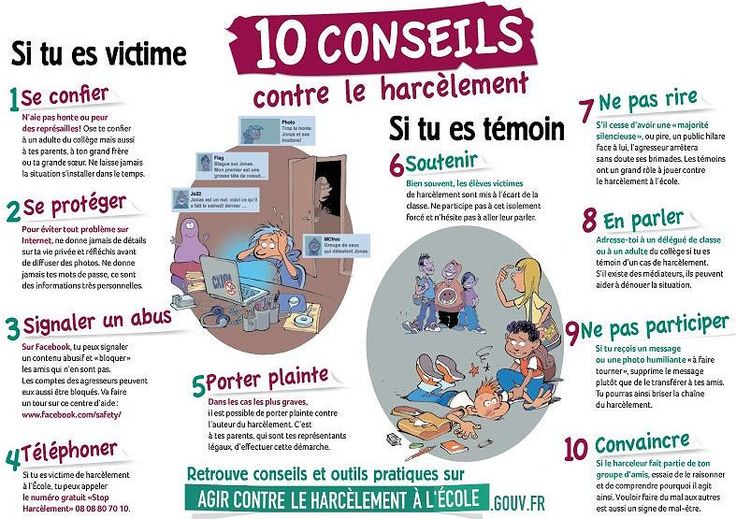 Zone 3 is the point at which no action can reverse the slide to failure. Here students are left to either withdraw (if not too late), quit, or outright fail.
Zone 3 is the point at which no action can reverse the slide to failure. Here students are left to either withdraw (if not too late), quit, or outright fail.
© Copyright 2019, Dr. Jon L. Thomas, all rights reserved
Figure 4 illustrates some possible antidotes to typical indicators of slide toward failure. Because both the indicators and antidote behaviors are subjective and personal, the individual self-reflective work of discovering these patterns and solutions requires endeavor unique to each student and typically leads to discoveries in areas like motivation, organization, and self-advocacy.
For each indicator, a student can devise an antidote behavior that will get them back on track for success. However, as Figure 4 demonstrates, the further down the slippery slope of Zone 2 the student slides, the more intense and complex the antidote behavior required to restore to successful behavior. And as they move further down the slope, they face increasing levels of stress, anxiety, and depression in addition to the burgeoning load of unfinished work. The resulting downward momentum contributes to the rapid onset of irreversible failure and the shock accompanying this awareness.
The resulting downward momentum contributes to the rapid onset of irreversible failure and the shock accompanying this awareness.
The model presented here, and its accompanying terminology offers a unique language to express the subjective nature of this experience and provides a structure for plugging into the process. For example, during academic coaching sessions, our students will check in with “Here’s where I am on the Curve” and “This is the action I will take to get back to or stay in Zone 1 (success).”
Doing the work of developing a personalized “Success Curve” before the semester begins provides students a better chance of conceptualizing, anticipating, and averting the dangers of the slippery slope of Zone 2. This charted visual of their Curve offers a functional tool for identifying, celebrating, and reinforcing successful behaviors in addition to noting and remediating actions that could lead to failure. As students become proficient in the use of this model, they find ease in applying it to other aspects of college life that need monitoring as well, such as emotional hygiene, social life, self-care, and life balance.
College success for students who have ADHD is a complex process that goes beyond simply making good grades and passing. These students require heuristic and malleable tools to develop the self-awareness and management necessary to create healthy responses to adversity. Models such as the one presented in this article offer students the opportunities they hunger for to fully encounter their limitations, challenges, and failures and mold them into tools that provide roadmaps for success in college as well as the world of work beyond.
Jon Thomas, EdD, LPC is Founder and President of The ADHD College Success Guidance Program. He is a counselor, educator, writer, and author of “Thriving at the Edge of Chaos: Making ADHD a Superpower in College and Career.”
Pamela Barton is CEO of The ADHD College Success Guidance Program where she also serves as Director of Student Services and provides Academic/Life Coaching and college readiness training.
ADHD and College Failure: How to Beat the Odds
Can you beat the odds of college failure if you have ADHD?
I know this is probably not on your mind. The excitement is building. You got in and you’re off to college at the end of the summer. You’ve got your dorm and roommate assignments, your college paperwork is completed, and you’ve made your three trips to Target. Your move-in date and transportation are set and you’re saying goodbye to your friends. You may have some trepidation — Will I fit in? Will I get homesick? Will people like me? — but basically you feel ready to take the leap just like your friends have.
However, if you have ADHD, there is another question you need to have asked yourself: Will I succeed academically? The graduation rate for students in public and private universities is between 33.3 percent for public universities and 52.8 percent for private colleges per year. It is reported that 25 percent of students in college have ADHD. Anecdotal reporting indicates that a much higher-than-average number of students with ADHD drop out of college on their own or are asked to leave.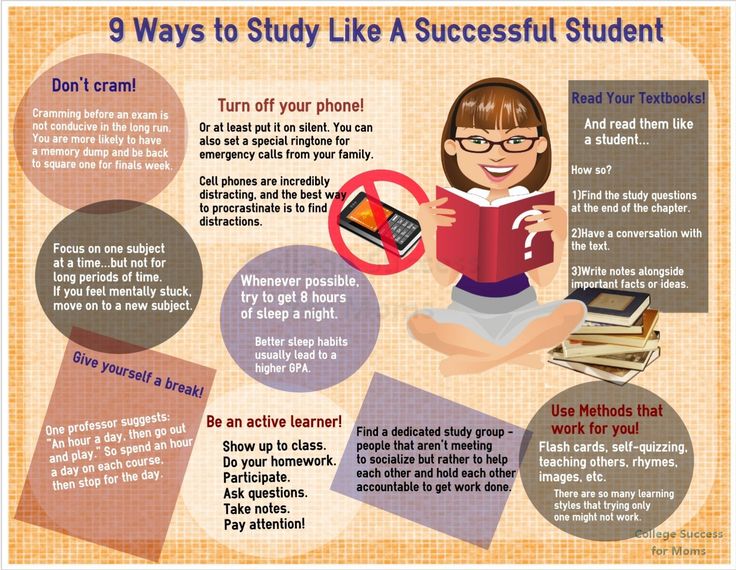 Even though this type of reporting depends on the willingness of participants to be open to sharing true data, it is clear students with ADHD have a tougher time meeting the expectations of college life.
Even though this type of reporting depends on the willingness of participants to be open to sharing true data, it is clear students with ADHD have a tougher time meeting the expectations of college life.
Here are the 3 mort important ways to beat the odds:
Beat the Odds by NOT GETTING BEHIND in Your Studies
This is the main reason for student failure throughout college and especially first-semester freshmen. This is true for all college students but is spiked for students with executive function issues.
Always, Always, Always SEEK HELP as Soon as You Need It
Getting lost in your class can be really hard, if not impossible, to make up for. Get help early so you don’t get behind.
SELF IDENTIFY and SELF ADVOCATE
Those students who let the college know when they arrive that they have executive function challenges are known to do better because when push comes to shove –- which it will — they will have help. Being able to self-advocate and ask for what you need is the other side of the coin.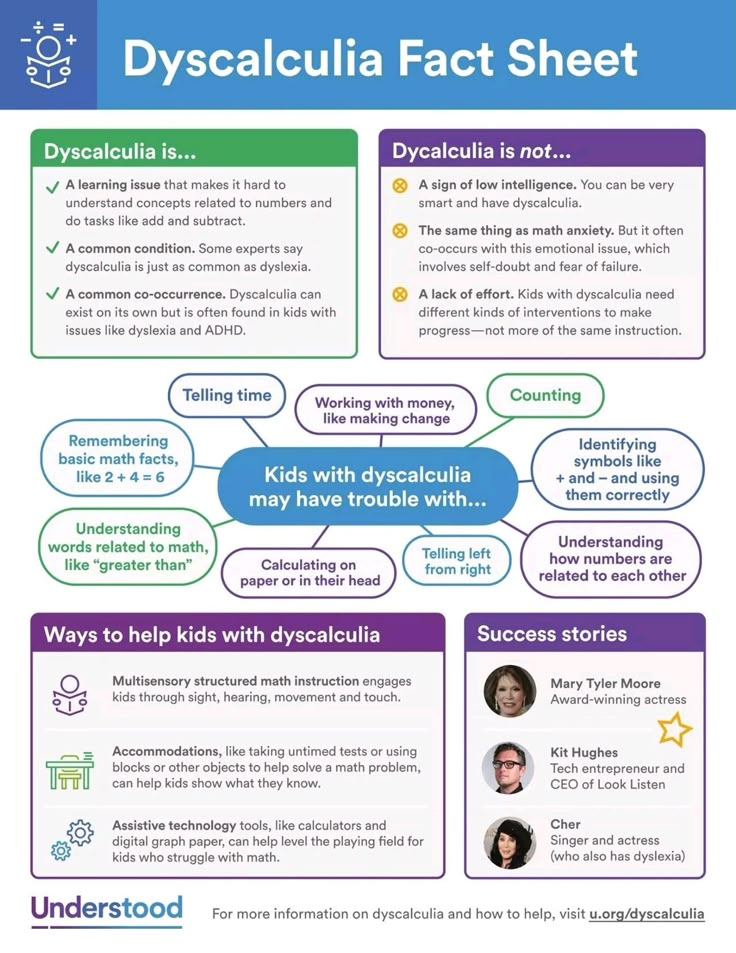 If you haven’t learned it by now, college is the time to learn to stand up for yourself and ask for what you need to succeed.
If you haven’t learned it by now, college is the time to learn to stand up for yourself and ask for what you need to succeed.
Beat the Odds by Bringing Your Executive Function Coach to College During the First Semester
Use a virtual platform like Zoom or Face Time. Your coach will help you stay on track and make sure you don’t screw up as you’re making your academic and social adjustments.
Will ADHD Affect Your or Your Teen’s College Success?College is a completely different world from High School. The level of stress is higher and the level of support can be lower. How well you or your teen manages ADHD symptoms and behaviors in this new environment can lead to college success, struggle, or failure. Take the ADHD and College Success Quiz to find out whether your or your teen’s ADHD management is at the level it needs to be to reach college success goals.
Not Found (#404)
hide menu
Issues of the current year
-
7-8 (136)
-
5-6 (135)
-
3-4 (134)
-
2 (133)
-
1 (132)
7-8 (136)
Issue content 7-8 (136), 2022
- nine0009
War Wikis: help in crisis situations
-
Ethical and legal problems of mental health: Ukraine at the focus of international respect
Yu.
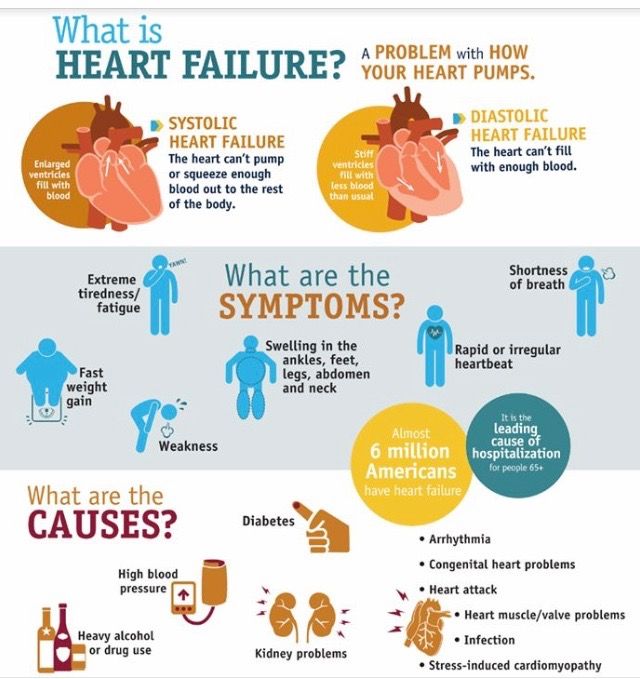 A. Kramar
A. Kramar -
Screening, diagnosis and treatment of diabetic sensorimotor polyneuropathy: consensus recommendations
-
Influx of mass information on delinquent behavior
R. І. Isakov
-
Stopping programs for rukhovo's rehabilitation for the normalization of the psychoemotional sphere of patients with Parkinson's disease
N.P. Voloshin, I.V. Bogdanova, I.K. Voloshin-Gaponov, S.V. Fedosiev, L.P. Tereshchenko, T.V. Bogdanova
-
Trauma management algorithm
-
Type of neuropathic pain according to the International classification of orofacial pain
-
Management of patients with dementia: key provisions for diagnosis, examination and observation for example of life
-
Significant Pre-Raphaelism: John Ruskin and Effi Gray
5-6 (135)
3-4 (134)
2 (133)
1 (132)
Other projects of the Health of Ukraine publishing house
Specialization medical portal
nine0009 Child doctorMedical aspects of women's health
Clinical Immunology, Allergology, Infectology
Rational pharmacotherapy
nine0000 Attention deficit hyperactivity disorderAttention deficit hyperactivity disorder
Attention Deficit Hyperactivity Disorder (abbreviated as ADHD) is a certain disorder in the psycho-emotional development of a child.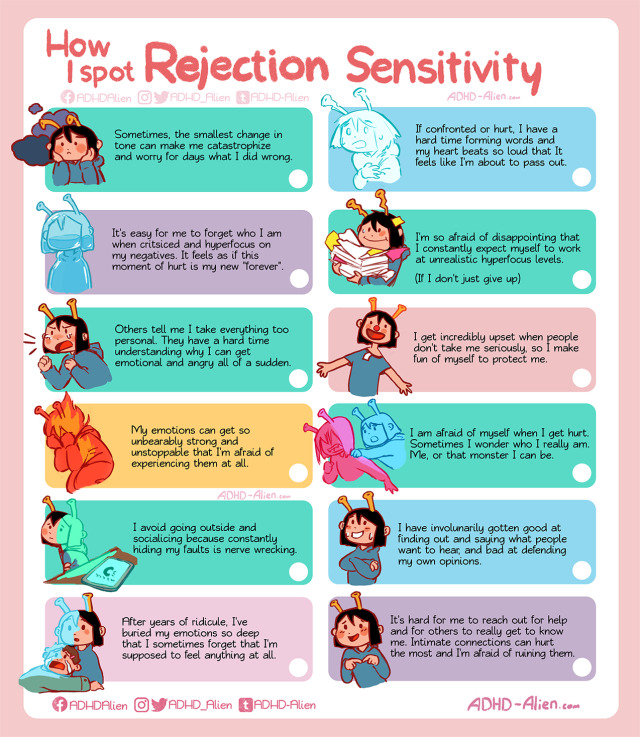 The first symptoms begin to bother from the age of three: the baby cannot sit still and tries in every possible way to attract attention to himself by deliberate disobedience.
The first symptoms begin to bother from the age of three: the baby cannot sit still and tries in every possible way to attract attention to himself by deliberate disobedience.
Many parents do not consider it necessary to deal with hyperactivity in children, attributing bad behavior to a difficult age. However, in the future, the disease turns into serious problems for the student: inability to concentrate, poor progress, frequent criticism from teachers and friends, social isolation, and nervous breakdowns. nine0004
Hyperactivity is a dysfunction of the central nervous system. If left untreated in childhood, the disorder can greatly affect the quality of life of an adult. Therefore, it is worth seeking the advice of a specialist and conducting a comprehensive corrective therapy if you suspect a child has ADHD.
Causes of Attention Deficit Hyperactivity Disorder
The development of ADHD is hidden in several reasons that have been established by scientists on the basis of facts.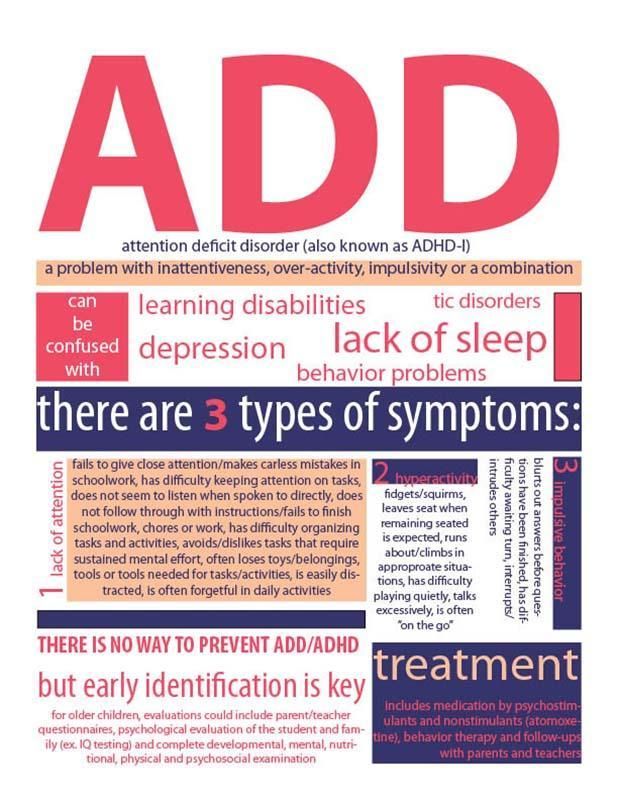 These reasons include: genetic predisposition; pathological influence. nine0004
These reasons include: genetic predisposition; pathological influence. nine0004
Genetic predisposition is the first factor that does not exclude the development of malaise in the patient's relatives. Today it is known that scientists are working on isolating the genes that are responsible for this predisposition. Among these genes, an important role is given to DNA regions that control the regulation of dopamine levels. Dopamine is the main substance responsible for the correct functioning of the central nervous system. Dysregulation of dopamine due to genetic predisposition leads to the disease of attention deficit hyperactivity disorder. nine0004
Pathological factors can be: the negative impact of narcotic substances; influence of tobacco and alcoholic products; premature or prolonged labor; interrupt threats. If a woman allowed herself to use illegal substances during pregnancy, then the possibility of having a child with hyperactivity or this syndrome is not excluded. There is a high probability of the presence of attention deficit hyperactivity disorder in a child born at 7–8 months of pregnancy, i.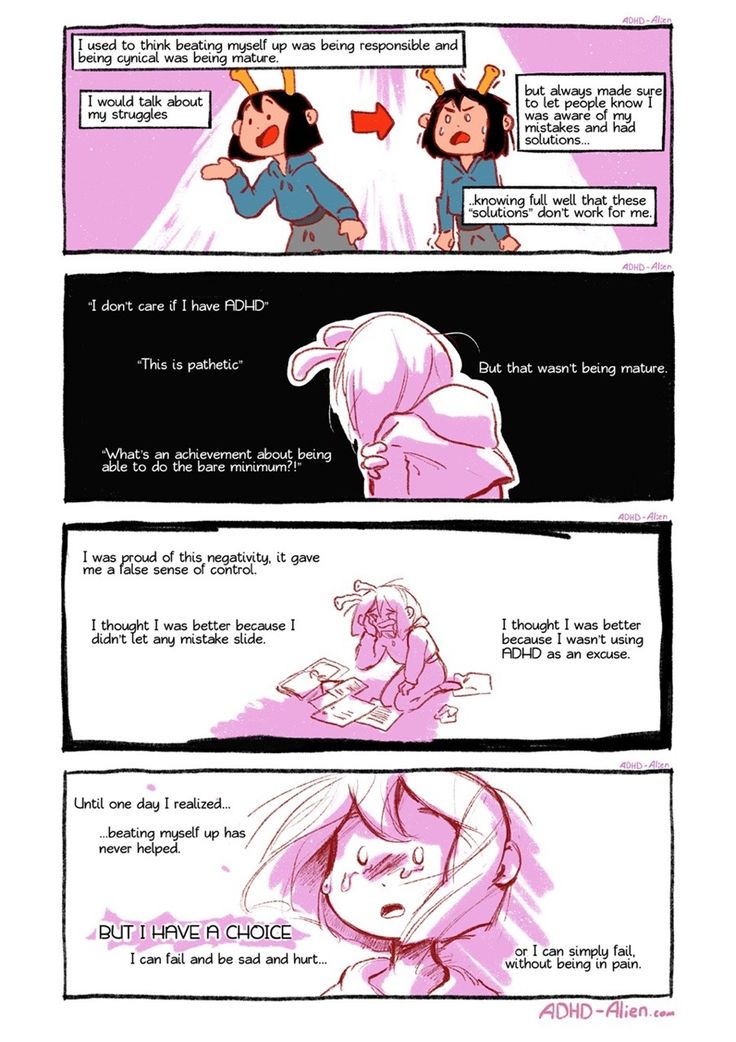 e. premature. nine0004
e. premature. nine0004
Symptoms
Attention deficit disorder is expressed primarily in hyperactivity and inattention of the child. These are the main symptoms of the disorder.
Signs of hyperactivity:
A constant feeling of inner restlessness causes the child to fidget in the chair, twitch his legs, wave his arms or fiddle with something.
Feelings of anxiety increase when adults are forced to be quiet and calm. This causes a backlash: the children respond to the request not to make noise with stormy laughter, stomping or jumping up from their seats. nine0004
Hyperactivity is expressed in impulsive behavior. For example, a child shouts out an answer in class before the teacher has finished speaking the question. Or he may get into a fight because he is unable to wait his turn in the game competitions.
Inattentiveness inherent in the hyperactivity syndrome is expressed as follows:
Any task tires very quickly, just a couple of minutes after the start. It is almost impossible to focus on learning a new subject. Usually children are able to keep their attention on what they are really interested in. But in a child with ADHD, boredom and an absent-minded look appear in any activity, even in the one with which he “fired up” in the first minutes. nine0004
It is almost impossible to focus on learning a new subject. Usually children are able to keep their attention on what they are really interested in. But in a child with ADHD, boredom and an absent-minded look appear in any activity, even in the one with which he “fired up” in the first minutes. nine0004
Problems with concentration develop absent-mindedness. Sitting down for homework in the language, the child opens a math notebook and does not notice that he is writing the text on a sheet in a cage. He forgets to write down information in a diary, he may forget his textbook and notebooks on his desk, or he may not hear a request addressed to him.
There is a very poor memory. Trying to learn something by heart, a child can repeat a phrase twenty times and not reproduce it after a minute. This happens due to constant distractibility: children mechanically pronounce the words they are learning, but mentally follow the crawling fly on the wall or listen to the sounds from the street.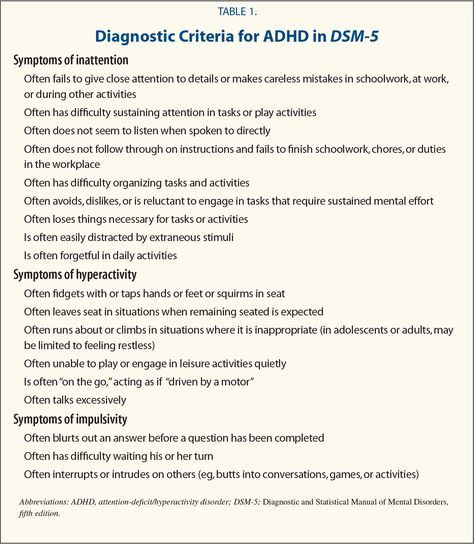 nine0004
nine0004
Diagnosis
Attention deficit hyperactivity disorder is diagnosed by a doctor using a clinical examination, psychodiagnostic scales and other necessary methods.
By asking questions to parents, the medical specialist builds a clinical picture, differentiating symptoms of normal behavior from actual abnormalities, in order to accurately determine whether it is ADHD or normal puberty.
Treatment of attention deficit hyperactivity disorder
The best treatment option for ADHD is complex - psychological correction in combination with medications.
A lot depends on the actions of mothers and fathers. Do not constantly scold the baby for wrong actions and inappropriate behavior. It is much more useful to offer your help in cleaning things or preparing for school, to praise for the diligence shown and overcoming difficulties. It is very important to emphasize every achievement, no matter how small, and give the child confidence in their own abilities.
